Licensing your photos is a great way to monetize your work—if you license through 500px, your photos will be available through Getty Images and VCG (Visual China Group). Once they’re uploaded, they have the potential to reach more than a million customers around the world, all of whom are looking for images for their next project.
We usually associate the word “exposure” with followers, likes, and comments, but for Licensing Contributors, exposure comes down to hard dollars and cents. Companies can’t buy your photos if they can’t see them. That’s why we asked Paul Friesen, Director of Content at 500px, to give us some tips on how to ensure that your content comes up during image searches.
His advice was surprisingly simple: tag your location.
Sure, your photos have to be excellent quality and appealing commercially—imagine them on a book cover or a billboard, in a magazine or brochure. But beyond that, how easy your images are to find can come down to whether or not you add your location.
“In many cases, it’s the difference between making a sale and not making a sale,” Paul says. “Given a buyer’s behavior and their search tendencies, if they can’t confirm location details quickly as part of their initial search, they’ll move on to images that do have location information.”
But location tags are more than just a matter of search convenience. “For some buyers, especially those purchasing for digital publications and newspapers, location is not only required, but when it is required, it must be 100% accurate,” Paul explains. “These usages are often descriptive and meant to illustrate a specific point or add context to a story—in which case, the accuracy of the location has to be spot-on.”
Even if you’re not taking photos of a breaking news event, adding location details can help influence how buyers use your photo. Recently, a stock photographer made headlines when he discovered that a picture he’d taken in Western Australia was actually being used to promote tours on an island in South Australia. He’d uploaded the image years before, and looking back realized he hadn’t tagged the location.
When we say to “tag” your location, we mean two things.
First, 500px makes it easy to pinpoint your location using a Google Maps API integration, which works similarly to geotagging on Instagram. That’s the first thing you should do anytime you upload an image.
Second, if you’re a travel, landscape, or wildlife photographer, you’ll need to add location information to your keywords. Keywords are the Licensing Contributor’s secret weapon because they help your work surface during customer searches—choose the right ones, and you give your photos a significant boost.
Location keywords can be more thorough and specific than your main location tag, so put yourself in the buyer’s shoes and think about what they are likely to enter into that search bar. Try to start general and then zoom into the specifics.
We can use this stunning landscape by David Pruter (pictured above) as an example. First, he’s tagged the location (Torres de Paine, Chile), but then he’s also gone into his keywords and refined it. He started with general terms (South America, Patagonia), zoomed in a bit (Chile, Torres del Paine National Park), and then really focused on the specifics (Gray Glacier). As a result, this image can be discovered by all sorts of different buyers, whether they’re working on a travel guide to Chile or writing an article about climate change and glacial retreat.
One of the most common Licensing mistakes is to include just one or two keywords relating to location. “The majority of the issues we see are with Contributors not adding certain keywords relating to City, State/Province, and Country,” Paul says. Maybe they include one tag (e.g. Central Park), but they don’t cover all their bases (New York City, Manhattan, USA). All of these details are important if you’re a landscape or travel photographer.
You’ll also notice that Pruter included the location in his title, Blue Ice at Grey Glacier. Similarly, in the breathtaking image above, the photographer Silentino Natti has not only tagged the location (Mount Bromo in Indonesia), but he’s also added it to his title, Bromo Starry Night. If you’re a landscape or travel photographer, take the extra step to add location information to your title and description.
“Although titles are currently not searchable on Getty Images and VCG, a descriptive title ensures the buyer doesn’t have to scroll down to the keywords to determine a specific location,” Paul explains. “Clients and buyers are always keen to understand exactly where a photo was shot, and they don’t have time to guess. A descriptive title provides clarity and makes for a professional, succinct image submission.”
As with most rules, there are a few exceptions.
If you’re a studio photographer who specializes in still life, for example, locations won’t matter as much, so they probably won’t make it into your keywords or titles. “If the focus of the photo is a portrait of a student working on a laptop, location is secondary in terms of keywording,” Paul notes. “It’s still fine to keyword a photo like this with the city, state/province, and country, but it doesn’t necessarily mean the photo has to be geotagged or titled with location details.”
For the most part, though, accurate location information is vital. “Getty Images buyers can search by location in the general search box,” Paul tells us. “But Getty also has a locations filter with hundreds of the most common locations for buyers to use to pinpoint a specific photo shot in a specific city, country, or destination.”
Anytime you upload an image for Licensing, ask yourself if the location matters. Is it a trendy spot that will make your photos stand out to prospective buyers? Is providing the right context crucial to maintaining the integrity of your shot? If the answer is “yes,” to either of these questions, location tagging should be your first step.
Learn more about Licensing your photos on 500px.

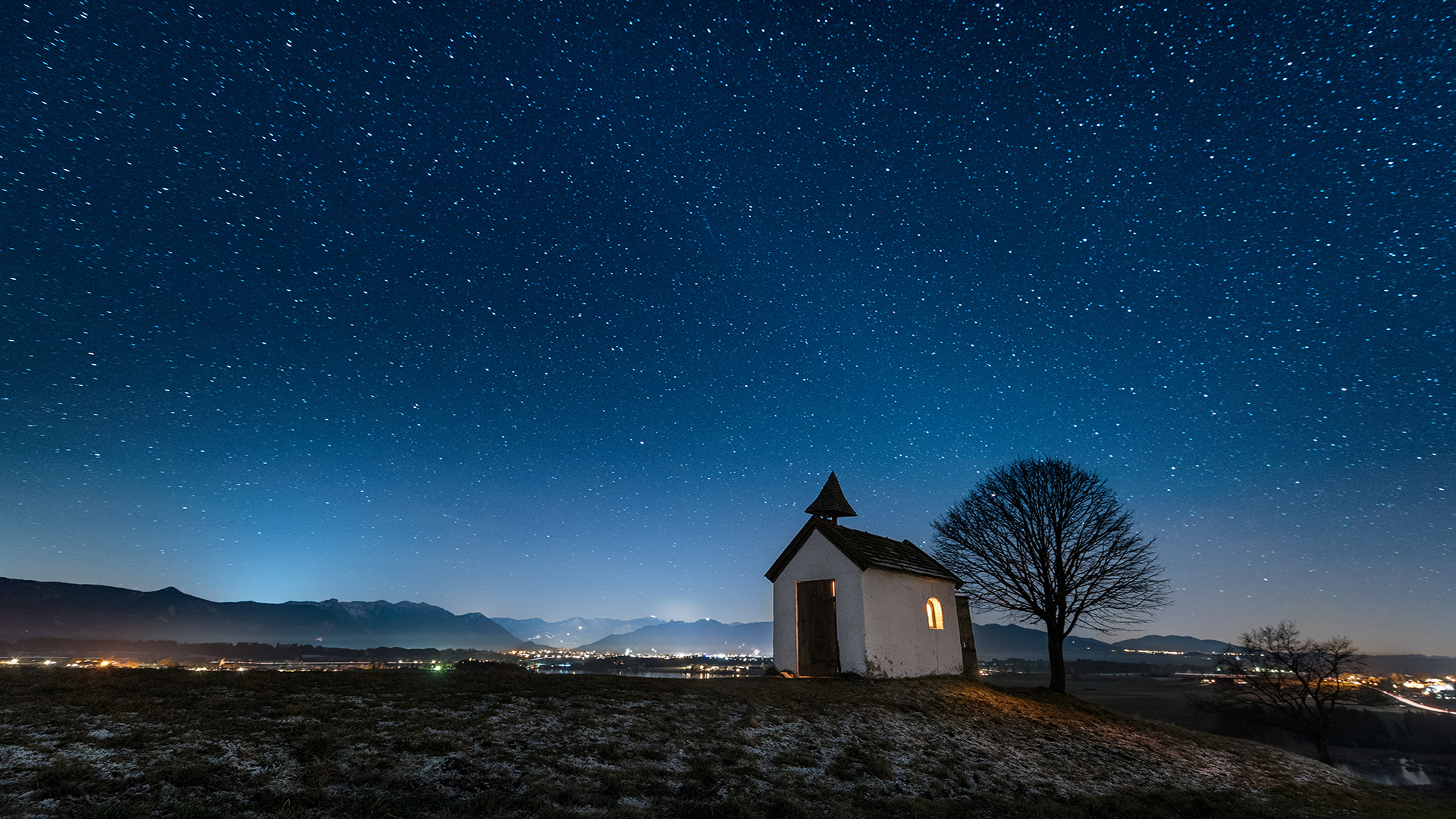
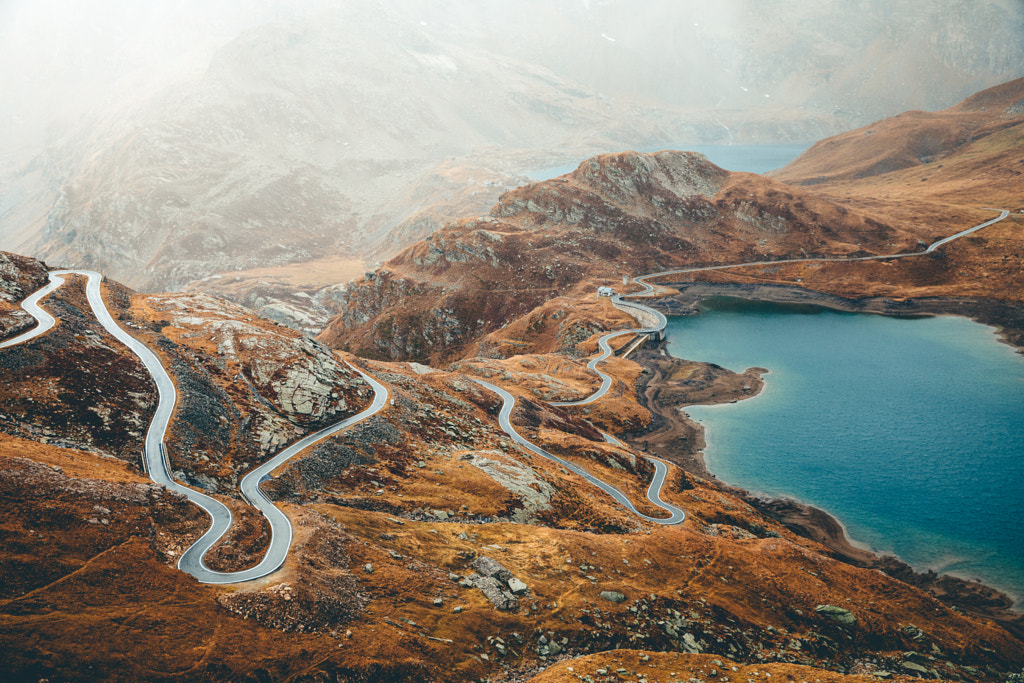
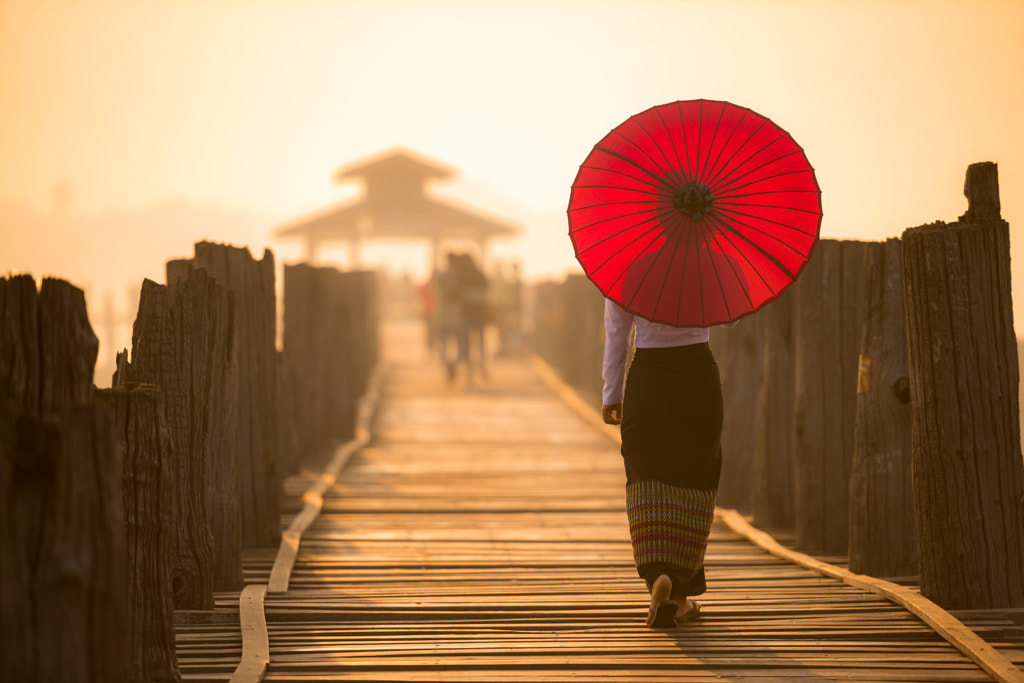
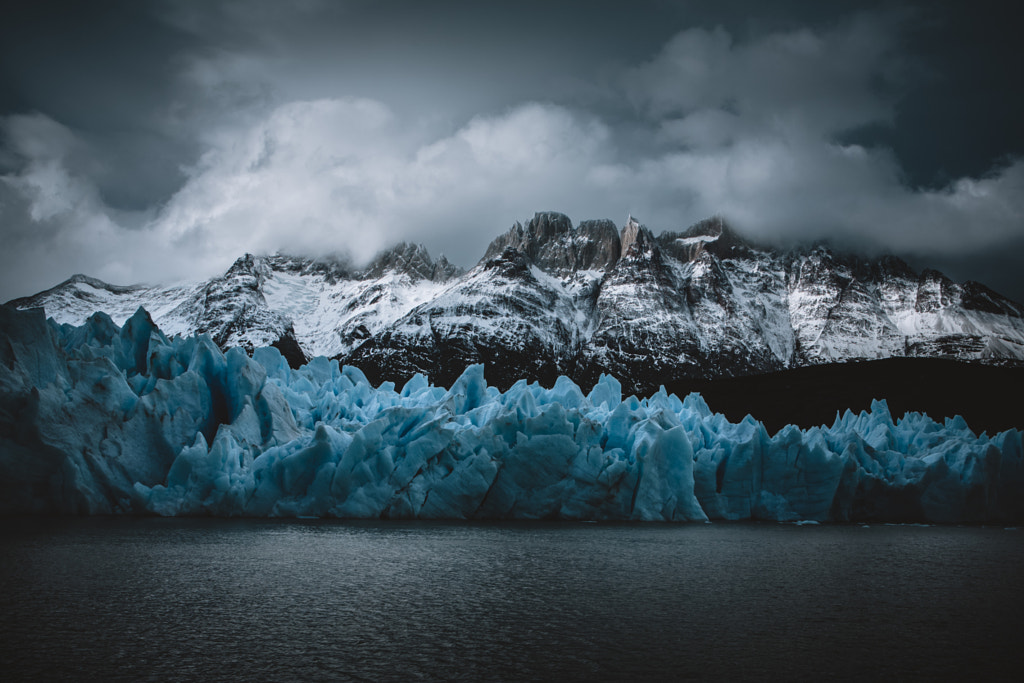
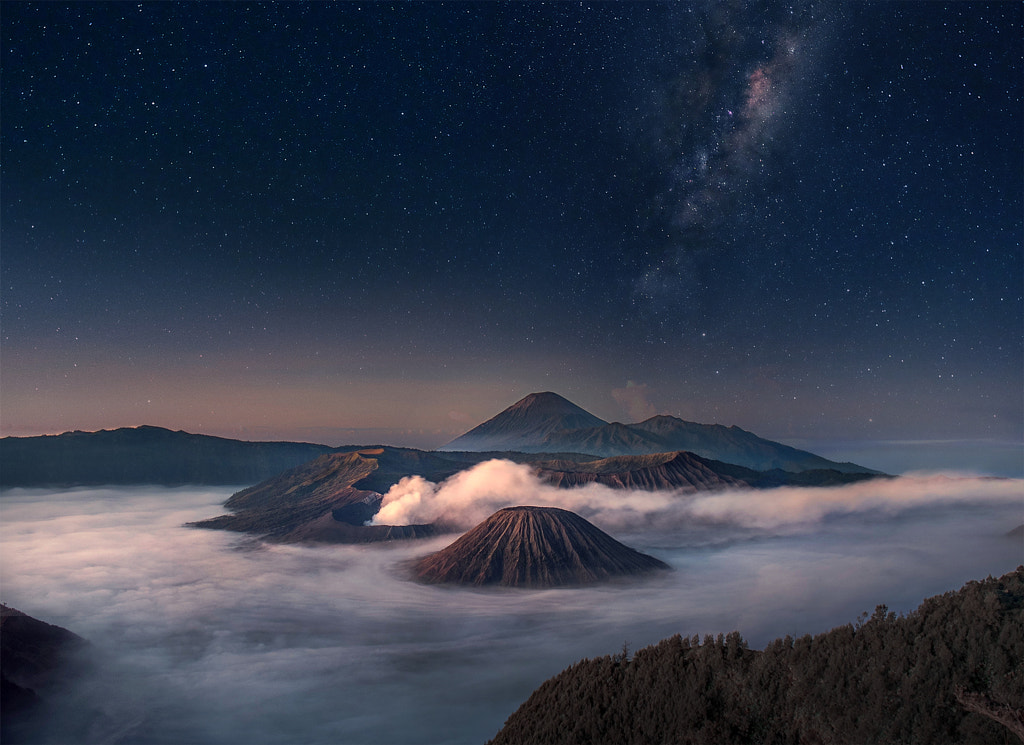
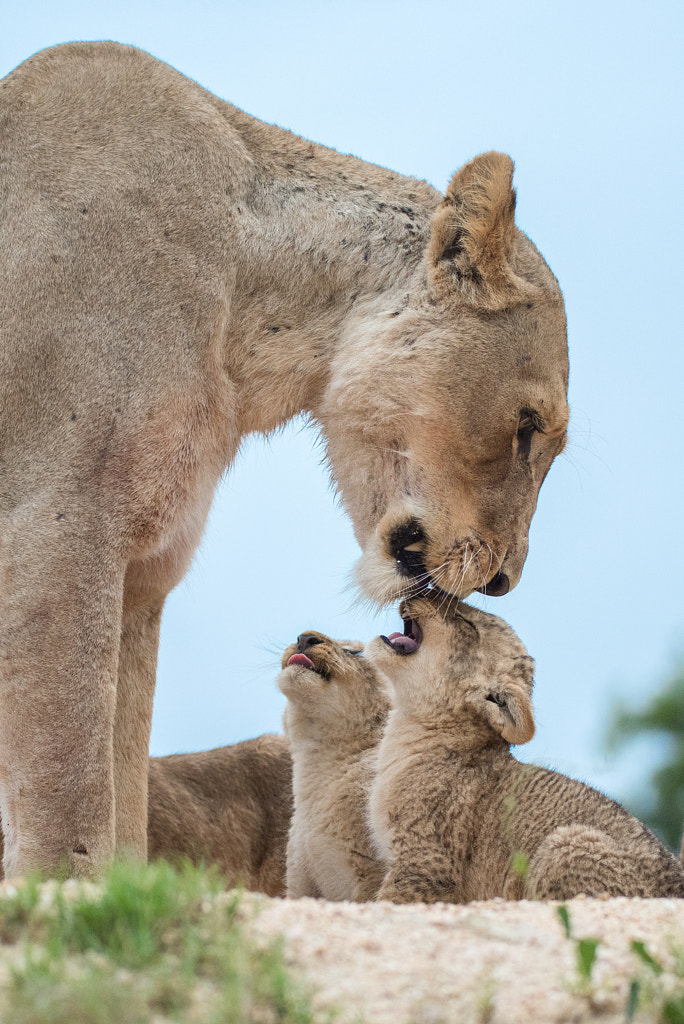


![[Photo Keywording Tips] How to add effective keywords to help your photos get discovered](https://iso.500px.com/wp-content/uploads/2014/10/500px_blog_photo_keywording_tips-1500x1000.jpg)


Leave a reply